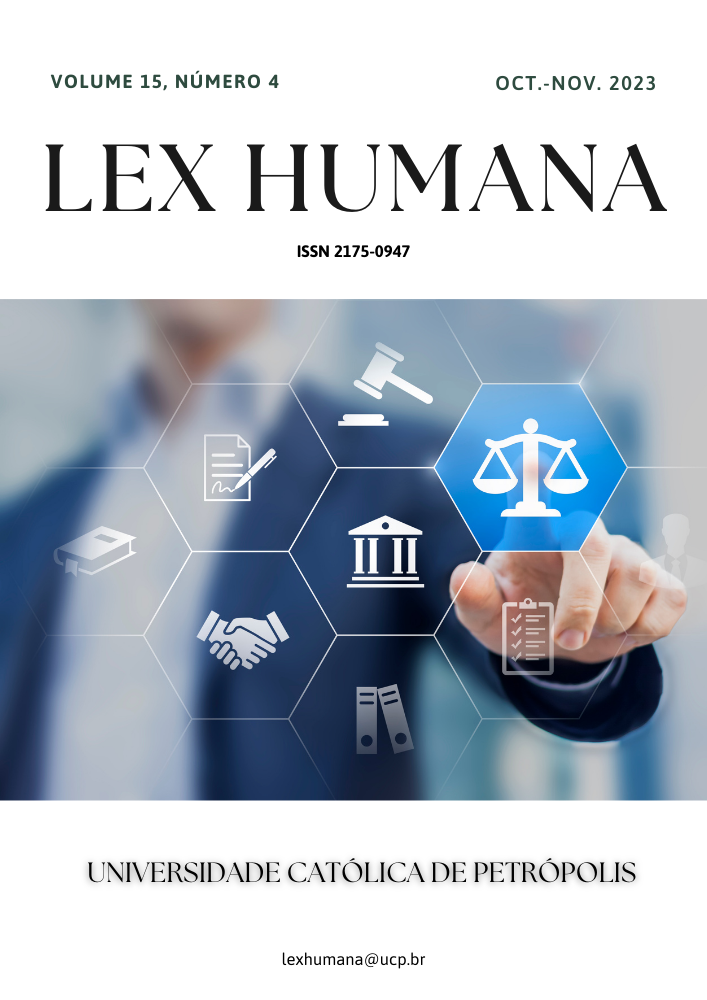Resumo
Com a intensificação dos esforços para atingir as metas de desenvolvimento nacional estabelecidas, a busca por novas abordagens conceituais de gestão no setor público está se tornando urgente. O papel da tecnologia da informação na gestão está crescendo, e a cobertura das principais áreas funcionais das organizações por ferramentas de automação está se expandindo. O volume de tarefas, os requisitos para os resultados das atividades e o conteúdo e a qualidade das informações usadas para tomar decisões gerenciais estão aumentando. A introdução de um sistema moderno de controle como elemento na estrutura organizacional de órgãos governamentais, instituições públicas e empresas públicas é impossível sem a criação e aplicação de um ambiente eletrônico automatizado que forneça suporte de informações para a tomada de decisões eficazes. A criação desse ambiente é o objetivo do estudo apresentado. A pesquisa emprega uma ampla gama de métodos aplicados de pesquisa econômica: os métodos de classificação, agrupamentos, métodos científicos gerais de análise comparativa, previsão e modelagem. Como resultado, é desenvolvido um modelo de um ambiente de sistema de controle eletrônico automatizado para entidades do setor público, juntamente com um processo passo a passo de sua implementação.
Referências
Aydin, C., Tarhan, C., & Tecim, V. (2015). IT based vehicle tracking system for effective management in public organizations. Procedia Economics and Finance, 33, 506-517. https://doi.org/10.1016/S2212-5671(15)01733-5
Brown, P., Ly, T., Pham, H., & Sivabalan, P. (2020). Automation and management control in dynamic environments: Managing organisational flexibility and energy efficiency in service sectors. The British Accounting Review, 52(2), 100840. https://doi.org/10.1016/j.bar.2019.100840
Cao, L., West, B., Ramesh, B., Mohan, K., & Sarkar, S. (2023). A platform-based approach to ambidexterity for innovation: An empirical investigation in the public sector. International Journal of Information Management, 68, 102570. https://doi.org/10.1016/j.ijinfomgt.2022.102570
Cerrillo-i-Martínez, A. (2011). The regulation of diffusion of public sector information via electronic means: Lessons from the Spanish regulation. Government Information Quarterly, 28(2), 188-199. https://doi.org/10.1016/j.giq.2010.05.009
Emmanuel, C., Otley, D., & Merchant, K. (1990). Accounting for management control. New York: Springer.
Government of the Russian Federation. (2014). Gosudarstvennaia programma Rossiiskoi Federatsii "Upravlenie gosudarstvennymi finansami i regulirovanie finansovykh rynkov" Vedomstvennyi proekt Minfina Rossii "Elektronnyi SMART-kontrol (kontrolling) i uchet gosudarstvennykh finansov dlia upravlencheskikh reshenii" [State Program of the Russian Federation "Public Finance Management and Regulation of Financial Markets" Departmental Project under the Ministry of Finance of Russia "Electronic SMART control (controlling) and accounting of public finances for management decisions"]. https://programs.gov.ru/Portal/programs/passport/39 (accessed August 1, 2022).
Government of the Russian Federation. (2020). Decree of the Government of the Russian Federation of October 12, 2020 No. 1674 "On conducting an experiment on the creation, translation, and development of state information systems and their components on a unified digital platform of the Russian Federation "GovTech" ["GosTekh"]. http://publication.pravo.gov.ru/Document/View/0001202010150045
Gusynina, I. A. (2011). Informatsionno-analiticheskoe obespechenie kontrollinga biznes-protsessov promyshlennykh predpriiatii [Information and analytical support of business process controlling in industrial enterprises]: summary of a candidate degree dissertation in Economics: 08.00.05. Ulyanovsk State University, Ulyanovsk, p. 13.
Hoai, T. T., Hung, B. Q., & Nguyen, N. P (2022). The impact of internal control systems on the intensity of innovation and organizational performance of public sector organizations in Vietnam: the moderating role of transformational leadership. Heliyon, 8(2), e08954. https://doi.org/10.1016/j.heliyon.2022.e08954
Irani, Z., Abril, R. M., Weerakkody, V., Omar, A., & Sivarajah, U. (2023). The impact of legacy systems on digital transformation in European public administration: Lesson learned from a multi case analysis. Government Information Quarterly, 40(1), 101784. https://doi.org/10.1016/j.giq.2022.101784
Kuziemski, M., & Misuraca, G. (2020). AI governance in the public sector: Three tales from the frontiers of automated decision-making in democratic settings. Telecommunications Policy, 44(6), 101976. https://doi.org/10.1016/j.telpol.2020.101976
Lisitsin, M. O. (2019). Razrabotka organizatsionno-upravlencheskogo mekhanizma IT-podderzhki gosudarstvennykh obshcheobrazovatelnykh organizatsii [Development of the organizational and managerial mechanism of IT support for public general education organizations]: candidate degree dissertation in Economics. Moscow State Technical University named after N.E. Bauman (National Research University), Moscow.
Mikalef, P., Lemmer, K., Schaefer, C., Ylinen, M., Fjørtoft, S. O., Torvatn, H. Y., Gupta, M., & Niehaves, B. (2023). Examining how AI capabilities can foster organizational performance in public organizations. Government Information Quarterly, 40(2), 101797. https://doi.org/10.1016/j.giq.2022.101797
Panagiotopoulos, P., Protogerou, A., & Caloghirou, Y. (2022). Dynamic capabilities and ICT utilization in public organizations: An Empirical testing in local government. Long Range Planning, 56(1), 102251. https://doi.org/10.1016/j.lrp.2022.102251
Tan, E., Mahula, S., & Crompvoets, J. (2022). Blockchain governance in the public sector: A conceptual framework for public management. Government Information Quarterly, 39(1), 101625. https://doi.org/10.1016/j.giq.2021.101625
Ward, M. A., & Mitchell, S. (2004). A comparison of the strategic priorities of public and private sector information resource management executives. Government Information Quarterly, 21(3), 284-304. https://doi.org/10.1016/j.giq.2004.04.003
Warkentin, M., & Orgeron, C. (2020). Using the security triad to assess blockchain technology in public sector applications. International Journal of Information Management, 52, 102090. https://doi.org/10.1016/j.ijinfomgt.2020.102090

Este trabalho está licenciado sob uma licença Creative Commons Attribution-NonCommercial-NoDerivatives 4.0 International License.
Copyright (c) 2023 Lex Humana (ISSN 2175-0947)

